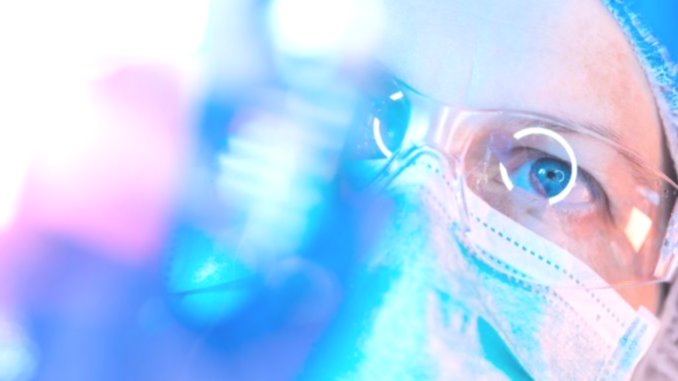
In recent years, the CRISPR-Cas9 gene editing technique has become one of the most promising cancer advances. It is a molecular tool used to edit genes . That is, it allows you to select a specific gene and modify it. Thanks to this technique, also known as the genetic ‘cut and paste’, human DNA can be edited to, among other possibilities, improve cancer treatments.
In fact, today thousands of laboratories around the world use CRISPR / Cas9. Its application in humans has even begun to be tested in treatments against various types of cancer.
What does CRISPR-Cas9 technology consist of?
Knowing how the discovery of CRISPR arises also helps us understand its role in nature. This same technique is used by microbes to protect themselves from viruses that can attack them. Thus, they modify the genes of their ‘invaders’ to destroy them. The study of the behavior of these bacteria has allowed science to apply this technique also to modify our genetic material.
In this explanatory video we tell you what exactly this technique is. As you can see, in a very brief way, it consists of taking a fragment of RNA, a molecule that serves as a “gene finder”, and binds it to another called Cas9, the “scissors” that bacteria use to cut genes of viruses and kill them . Applied to human DNA, by joining the ” gene finder ” and the ” scissors ”, we can locate a certain gene in a cell to cut it.
CRISPR application in biomedicine
The good news is that this novel technology has begun to be applied in biomedicine and cancer research for the development of therapies. We have an example of this in the treatment of leukemias in children and young people. In this way, you can ‘teach’ how to attack tumor cells and end the disease. So far, very encouraging results have been achieved.
How did CRISPR come about? A little history…
The origin of this technology starts from the purest basic science. To do this, we must go back to the work of the Spanish microbiologist at the University of Alicante, Francisco Juan Martínez Mojica .
In 1989, while working measuring the water quality of Alicante’s beaches, he began his doctoral thesis on an isolated microorganism in the Santa Pola salt flats: ‘Haloferax mediterranei’. Mojica observed in the genome of this organism a series of genetic sequences that were repeated at regular intervals. Nothing in the scientific literature explained the function of this rarity; so Mojica had to wait for the results of his own work to give a scientific explanation.
This researcher searched the genomic information databases and what he discovered was that in the microbial world, sequences repeated at regular intervals abound ; which suggested “a great biological relevance”. In 2003, Mojica discovered that the true nature of these repeated sequences, which he called CRISPR, turned out to be a defense mechanism for microorganisms against viruses.

Finding a Genetic Vaccine
From this discovery, the microbiologist realized that, among the repeated DNA sequences, what there are are fragments of the genome of the invaders, molecular signatures that will allow them to be recognized if they attack again. In other words, a genetic vaccine . This finding was finally published in 2005, and thereafter numerous groups set out to unravel the exact workings of CRISPR.
Later, Dr. Emmanuelle Charpentier, who currently works at the Max Planck Institute for Infection Biology (Berlin, Germany) and Umeå University (Sweden), discovered a key molecule in the CRISPR / Cas9 system . From this finding, and with the need to know its three-dimensional structure, he contacted Jennifer Doudna, from the University of California, to start a collaboration. As a result of this collaboration, in 2012, they artificially reproduced the system and demonstrated that it is a powerful genomic editing tool that can be programmed to recognize any DNA fragment.